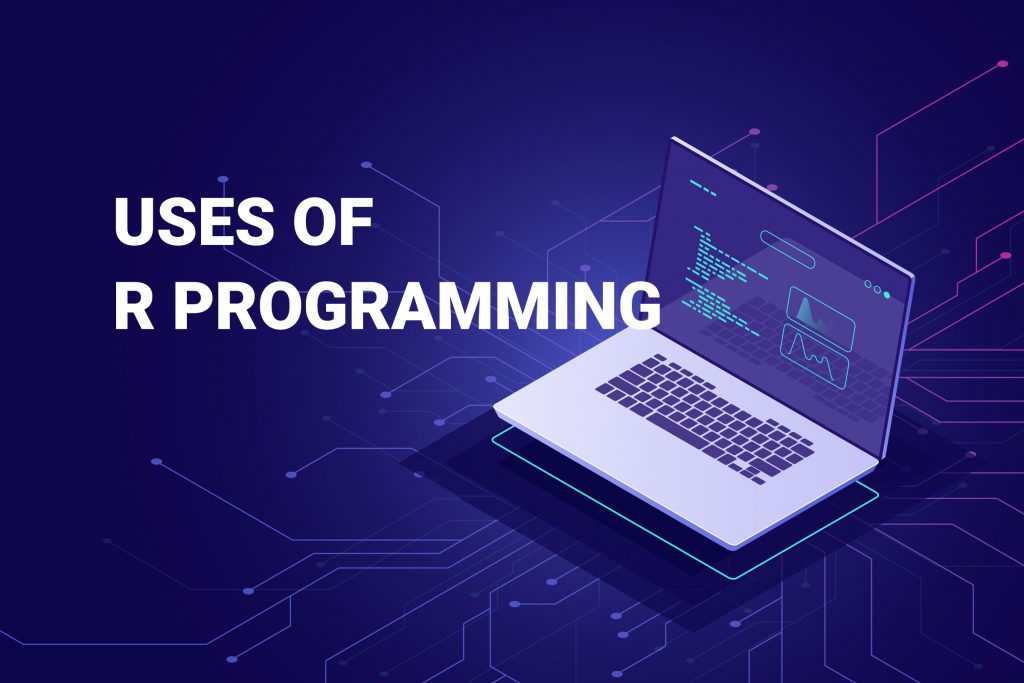The growing demand for accurate and effective market research data has led to a steady rise in demand for highly advanced and reliable market research programs. Therefore, if you’re looking for business opportunities in the software development industry, market research offers endless opportunities. But like any other type of software, statistical programs require you to use the right programming language.
One of the most common programming languages for market research apps and tools is R. But what is R programming used for, and why is it so popular? In this article, you’ll learn the ins and outs of R programming.
What Is R Programming?
As mentioned above, R is a programming language used in statistical computing and graphics. It’s similar to the S language and setting, which was created by programmers at Bell Laboratories (previously known as AT&T). However, R is considered an altered application of S. Even so, much of the code written for S can run unchanged under R.
The R programming language offers a wide range of statistical and graphical techniques, like classical statistical assessments, linear and nonlinear modeling, classification, clustering, and time-series analysis. The language is highly extensible and offers R programmers an open-source route to accomplish their programming projects easily and effectively. The good news is that R is available for free, but you have to use it under the terms included in the GNU General Public License.
So, when you hire R programmers for your new market research project, you have to check their familiarity with the R language. If you want to develop well-designed programs, you have to know how to use R in your programming tasks. Fortunately, there are many qualified R programmers and developers for hire who have extensive experience in this language.
Most of these programmers are freelancers who have detailed profiles on reputable freelancing sites like Guru. You can find and hire your preferred programmer from the comfort of your home or office–all you need to do is check out as many profiles as possible on Guru checking the qualifications of every potential programmer. Before any programmer is listed on the website, they’re taken through rigorous screening to ensure they have the expertise and experience.
Make sure the programmers you hire know how to use R programming for data analysis, especially because you’ll be using it a lot to develop your market research tools and programs. The only way to be sure of their qualification and experience is to check their portfolio–a good R programmer should have an extensive portfolio, detailing the most successful projects they’ve handled previously. This portfolio also shows that the programmer has been in the profession long enough to handle challenging projects.
The R Environment
The R programming language is a unified software suite with facilities designed for manipulating, calculating, and displaying data graphically. Some facilities in the R environment include:
- A reliable data management and storage facility
- An operators’ suite for calculations on ranges, especially matrices
- A vast, coherent, unified assortment of transitional tools for analyzing data
- Various graphical facilities for analyzing and displaying data
- A well-designed, simple and reliable programming language with conditionals, user-defined recursive functions, loops, and input and output abilities
Unlike other statistical and graphics programs that feature incremental growth of specific and adaptable tools, the R environment is a completely strategic and comprehensible system. It’s developed around a real computer language that allows programmers to add extra functionalities by outlining new functions. Because the R environment is coded in the R language of S, it’s easy for programmers to follow the defined algorithmic choices.
If you’re working on a computationally-intensive project, you can link your R with C, C++, and Fortran codes and call them when running your program. If you’re working with advanced software programmers, they can write the C code to work directly on the R items. While some programmers view R as a statistics program, experienced programmers see it as an environment that allows statistical procedures to be applied.
You can extend R programming using packages. Currently, the language is distributed along with eight packages, and several other external ones exist through the CRAN family of Internet sites. These packages cover a broad range of modern statistics.



